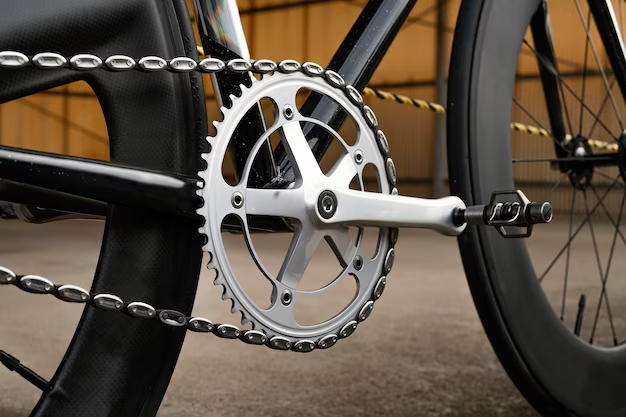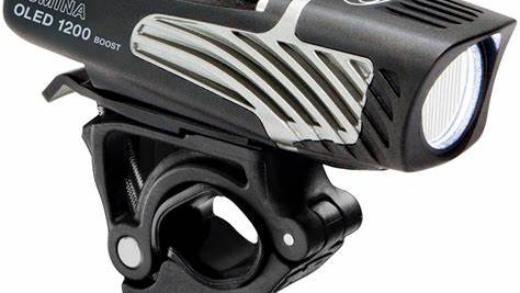
How to Maintain Chain Tension: Tools and Techniques
Tightening a Mountain Bike Chain: A Step-by-Step Guide
Locate the derailleur screw at the rear and use an Allen tool to increase chain tension by turning clockwise.
- Access the Rear Wheel:
Lift the brake release lever to disconnect the hydraulic cable. Raise the quick-release lever to adjust the rear wheel for proper chain tension.
- Fine-Tune Rear Wheel:
Make slight adjustments to the rear wheel to achieve the desired tension. Shift gears to confirm optimal tightness.
- Reassemble and Align:
Securely reattach all parts, ensuring proper alignment and functioning. Recheck the quick-release lever and shifter cables.
Preserving Your Bike’s Integrity: Proper Chain Tension
Maintaining the right chain tension isn’t just about performance; it’s also about safety. A loose chain can lead to accidents, while an overly tight one can cause excessive stress on components. By adhering to the half-inch rule, understanding your bike’s specific needs, and conducting regular checks, you can ensure that your bicycle chain is at the perfect tension for a smooth and secure ride.

Comparative Table: Types of Bicycle Chains
| Chain Type | Advantages | Disadvantages |
|---|---|---|
| Roller Chain | – Common and affordable- Suitable for various bikes | – Requires frequent lubrication- Prone to rust and corrosion |
| Bushing Chain | – Durable and low-maintenance- Less likely to stretch | – Less efficient due to friction- Heavier than roller chains |
| O-Ring Chain | – Sealed for reduced maintenance-Improved durability | – Slightly higher cost- Limited performance gains |
| X-Ring Chain | – Enhanced sealing for longevity- Improved power transfer | – Higher cost than O-Ring chains- Limited availability |
Video Guide
We suggest you watch the video, in which you will see how tight should the chain on a bicycle be.
Conclusion:
Striking the right balance in chain tension is akin to tuning an instrument; it ensures that every element works harmoniously to create a seamless cycling experience. With the knowledge and techniques shared in this guide, you can navigate the intricacies of chain tension adjustment and embark on rides that are not only smooth but also safe. Remember, proper chain tension isn’t just a mechanical aspect — it’s a gateway to a more enjoyable and secure cycling journey.
FAQ
Regularly inspect your chain tension after rides, especially on single-speed bikes. This preventive practice ensures a safe and smooth ride.
Yes, an overly tight chain can lead to excessive wear on the drivetrain components and cause increased resistance while pedaling.
Fluctuations in chain tension during rides might indicate worn components. Get a professional inspection to identify the issue and take corrective measures.
While the basic principles remain similar, multispeed bikes with derailleurs have different mechanisms that assist in maintaining tension. Follow manufacturer guidelines for best results.
Yes, regular lubrication ensures smooth movement and prevents excess friction, contributing to ideal chain tension.






